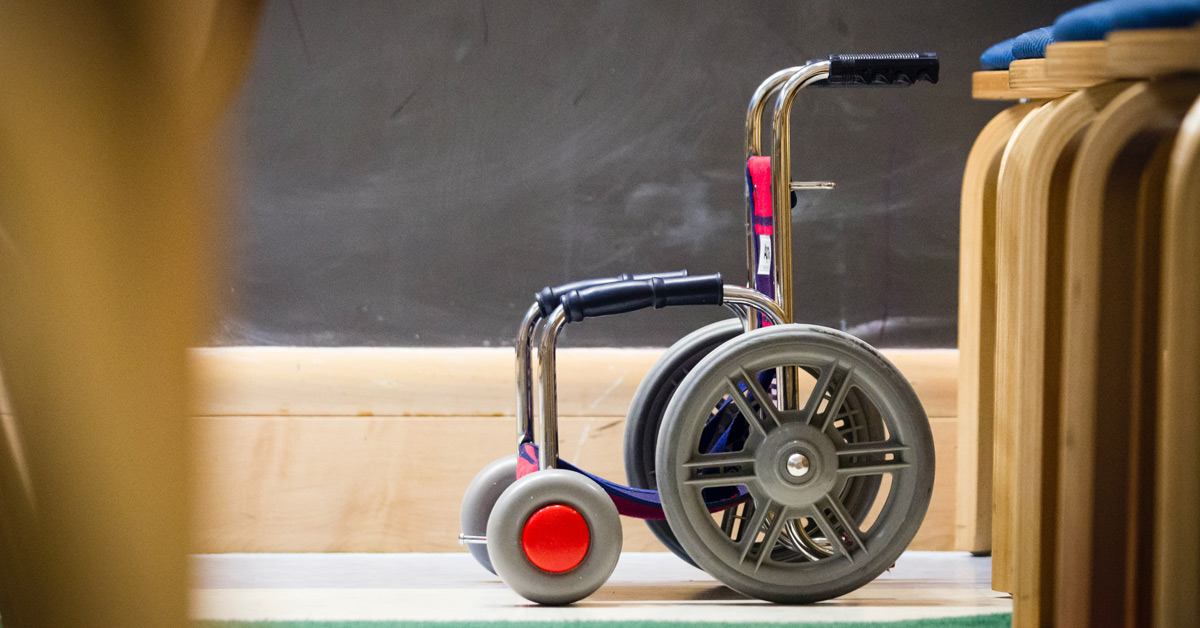Bounce Readiness has been working with a number of schools and universities to assist with developing Personal Emergency Evacuation Plans (PEEPs) and evacuation plans for students needing assistance during an evacuation or lockdown.
From students in wheelchairs, on crutches, vision impaired, with complex behaviours, and more, having this skill and a plan in place to support these students is critical.
Here are a few tips on how to prepare your organisation and your students in keeping the students safe.
1 – Ensure Personal Emergency Evacuation Plans are Inclusive.
Personal Emergency Evacuation Plans should consider the specific needs of students with disabilities, including physical, sensory, and cognitive impairments.
Ensure that these plans are communicated effectively to the students, teachers, wardens, and staff members that will need to assist during an emergency.
2 – Conduct regular drills using assistive technology or equipment
Emergency drills should be conducted regularly, and assistive technology should be used to ensure that students with disabilities are included in the process.
For example, students who use wheelchairs may require special evacuation procedures, and students who are deaf may require visual alarms.
3 – Maintain up-to-date contact information and medical records
Having up-to-date contact information and medical records is critical in ensuring the safety of students with disabilities during emergencies. This information should be easily accessible to staff members, emergency responders, and medical personnel.
Consider where you’re storing this information and think about possible scenarios where this may not be accessible (for example, the difference between in the Cloud vs paper versions).
4 – Train staff members in disability awareness and emergency response
Staff members should receive training in disability / mobility awareness and emergency response procedures to ensure that they can respond appropriately in emergency situations.
These can be done via controlled, safe environments that help build a level of confidence before an event requires them to respond.
5 – Involve parents and guardians
Communication is key. Whilst it shares your procedures and abilities to deal with an emergency event, it also builds or reinforces a level of trust between you and your stakeholders (in this case the parents and guardians).
Parents and guardians should be involved in emergency planning to ensure that their child’s specific needs are taken into consideration. Communication between parents, teachers, and other staff members should be open and ongoing.
How to obtain a Personal Emergency Evacuation Plan
If you need a PEEP template, or assistance with developing your Emergency Response Plan or PEEP, Bounce Readiness can support.
We’ve helped dozens of schools, universities, institutions, businesses and not-for-profit organisations across all of Australia. Our focus is to ensure that you and your people have the ability and confidence to have that readiness, resilience, and response.

